It is a rainy windswept day when I visit Melk Abbey, an AmaWaterways river cruise excursion in Austria. We meet our very young guide (who looks more like a teenager than the scholar tour guide she is) in a grand inner courtyard before entering the abbey proper.
It was Abbot Berthold Dietmayr and his architects Jakob Prandtauer and Joseph Munggenast who were the driving force behind building Melk Abbey in the early 18th century on the foundations of a medieval monastery. The UNESCO World Heritage Site is one of the biggest and most beautiful Baroque enclaves in Europe. Built on a cliff overlooking the Danube, it is Austria’s most visited art-historical site.
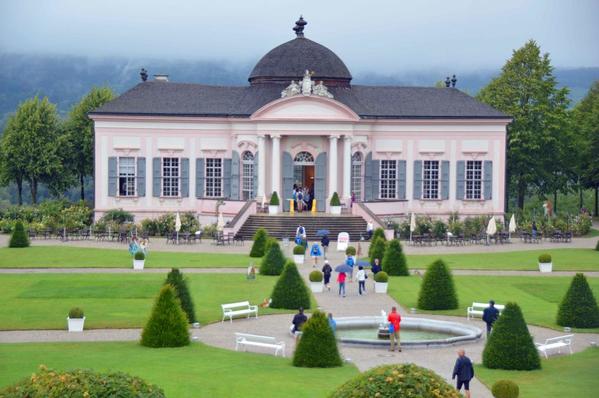
Our guide explains as we entered a museum-like area that the motto of the Benedictine order is “pray, work, learn.” This motto is illustrated in room after room in an effective modern-art way. She tells us this is still an active abbey with 31 monks and that its primary income is from tourist visitation.
Since 1089, Benedictine monks have continually lived and worked in Melk Abbey. Today the abbey also houses a secondary school.
About half way through the tour we exit out onto a large terrace where we have a grand view of the city of Melk and the Danube River before entering the abbey’s famous library.
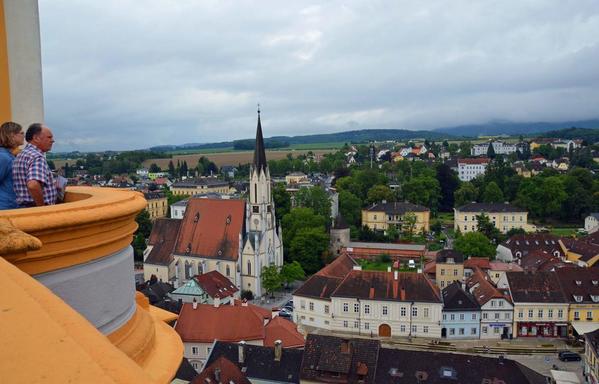
The main library houses 16,000 volumes and is graced with a ceiling fresco by Paul Troger. A spiral staircase leads to another set of 12 library rooms containing more than 100,000 volumes, some of which are very valuable. Italian writer Umberto Eco drew inspiration from this site for his novel “The Name of the Rose” in which a monastic library plays a key role.
The most important space in the abbey is next on the tour — the church. When constructed, Baroque masters were commissioned including Antonio Beduzzi for interior design, Johann Michael Rottmayr and Paul Troger for the frescos and altarpieces, Guiseppe Galli-Bibiena for the pulpit and high altar, and Lorenzo Mattielli and Peter Widerin for sculptures.

Even if photos were allowed of the abbey’s interior, they couldn’t illustrate properly the wealth of history and art housed in the library and church.
After touring the abbey, I take the time to meander through the gardens before returning to the bus that would take me back to the AmaStella. AmaWaterways’ excursions focus on culture, tradition, history and beauty; just what a journey to Europe should be about.

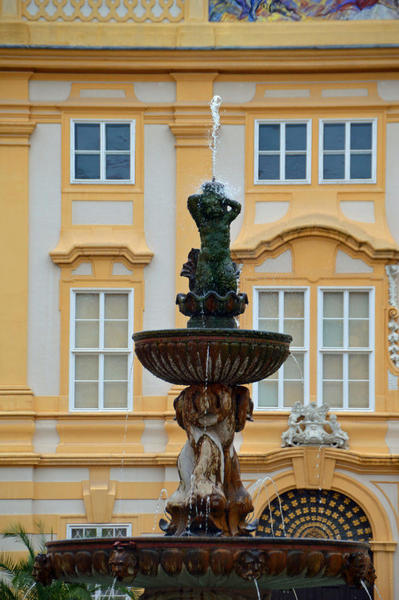
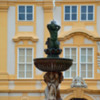

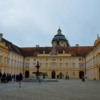
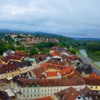

Comments (0)